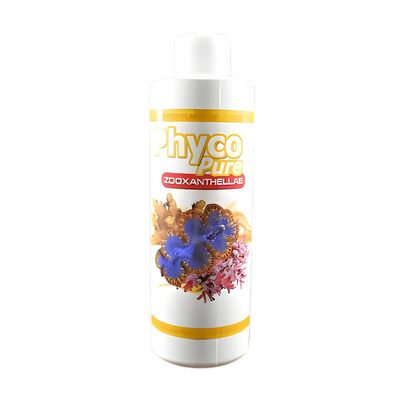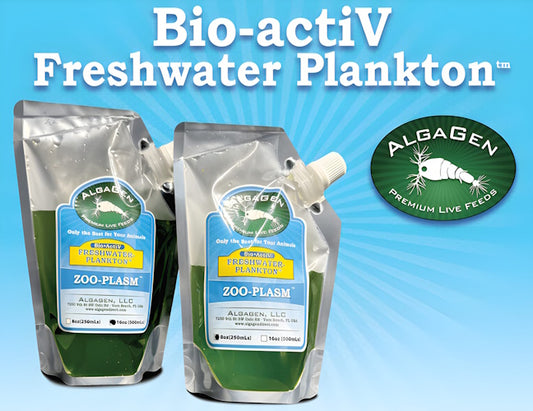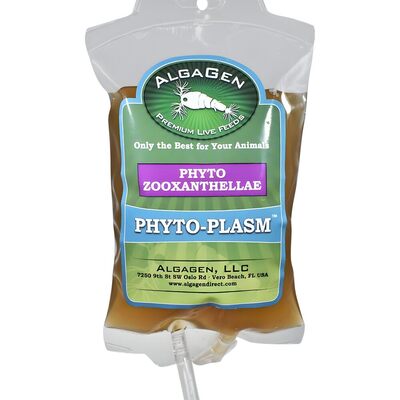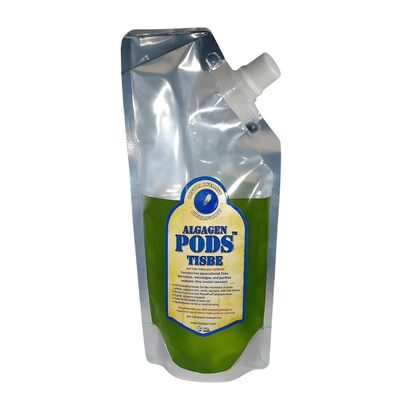Zooxanthellae & Coral: The Science of Symbiosis
Coral reefs are among the most productive and diverse ecosystems on Earth, and at the heart of their success is an extraordinary partnership: the symbiosis between coral polyps and microscopic algae called zooxanthellae. This relationship is not only responsible for the vibrant colors of corals but also for the very survival and growth of reef systems in nutrient-poor tropical waters.
What Are Zooxanthellae?
Zooxanthellae are single-celled photosynthetic algae that live inside the tissues of coral polyps. These algae contain chlorophyll and other pigments, giving corals their characteristic golden-brown hues. During daylight, zooxanthellae use sunlight to photosynthesize, producing sugars, glycerol, and amino acids that are transferred directly to the coral host.
How Does the Symbiosis Work?
The relationship between corals and zooxanthellae is mutualistic-both partners benefit. Corals provide zooxanthellae with a protected environment, access to sunlight, and the carbon dioxide and nutrients they need for photosynthesis. In turn, zooxanthellae supply up to 90% of the coral’s energy needs, fueling metabolism, growth, and the production of calcium carbonate skeletons that build reefs. This tight recycling of nutrients allows corals to thrive even in clear, nutrient-poor waters where other organisms might struggle.
- Zooxanthellae are photosynthetic algae living inside coral tissues.
- They provide most of the coral’s energy through photosynthesis.
- Corals offer protection and nutrients to zooxanthellae.
- This partnership drives reef growth and vibrant coloration.
How Corals Acquire Zooxanthellae
Corals can acquire zooxanthellae in two main ways: vertical transmission (from parent to offspring via eggs or larvae) and horizontal transmission (from the surrounding seawater after larvae settle). Some corals may even take up new types of zooxanthellae after bleaching events, which can help them adapt to changing environmental conditions.
What Happens When Symbiosis Is Stressed?
Environmental stressors-such as increased water temperature, pollution, high light intensity, or changes in salinity-can disrupt the delicate balance between corals and zooxanthellae. When stressed, corals may expel their zooxanthellae, leading to a loss of color known as coral bleaching. Without their symbiotic algae, corals lose their primary energy source and, if conditions don’t improve, may eventually die.
| Symbiotic Benefit | Zooxanthellae’s Role | Coral’s Role |
|---|---|---|
| Energy Production | Photosynthesize, supply sugars & amino acids | Provide CO2, nutrients, and shelter |
| Growth & Calcification | Fuel coral metabolism and skeleton building | Build reef structure, offer stable habitat |
| Coloration | Produce pigments, give corals their color | Display vibrant hues, attract reef life |
| Waste Recycling | Absorb coral waste, use for photosynthesis | Release waste products for algae to use |
| Resilience | Some types resist heat, aid recovery | Can host diverse zooxanthellae types |
Zooxanthellae Diversity and Coral Adaptation
Not all zooxanthellae are the same. There are many genetic types, and some are more tolerant of heat or other stressors than others. Some corals can switch to more resilient zooxanthellae after bleaching, increasing their chances of survival in a changing climate. This flexibility is a key reason why some coral species can adapt better than others.
Tips for Supporting Zooxanthellae and Coral Health
- Maintain stable water temperature and avoid sudden changes.
- Provide moderate, consistent lighting to support photosynthesis.
- Keep water clean and low in excess nutrients to prevent stress.
- Acclimate new corals slowly and avoid overcrowding.
For more on preventing and responding to coral bleaching, read Fixing Algae Blooms After Adding Zooxanthellae.
If you want to learn how to boost reef health with the right symbiotic relationships, see Zooxanthellae for Coral: How to Boost Reef Health.
- Zooxanthellae provide most of the energy for coral growth and color.
- Healthy symbiosis is key to reef survival and resilience.
- Coral bleaching occurs when this partnership is disrupted.
- Supporting zooxanthellae helps corals thrive in challenging conditions.
“The partnership between zooxanthellae and coral is the engine of reef growth and beauty. Protecting this symbiosis is key to sustaining vibrant reefs for generations.”
Conclusion
The science of zooxanthellae and coral symbiosis reveals a world where microscopic algae and marine animals work together for mutual survival. By understanding and supporting this partnership, aquarists and ocean stewards alike can help reefs remain resilient, colorful, and full of life.






Recent post